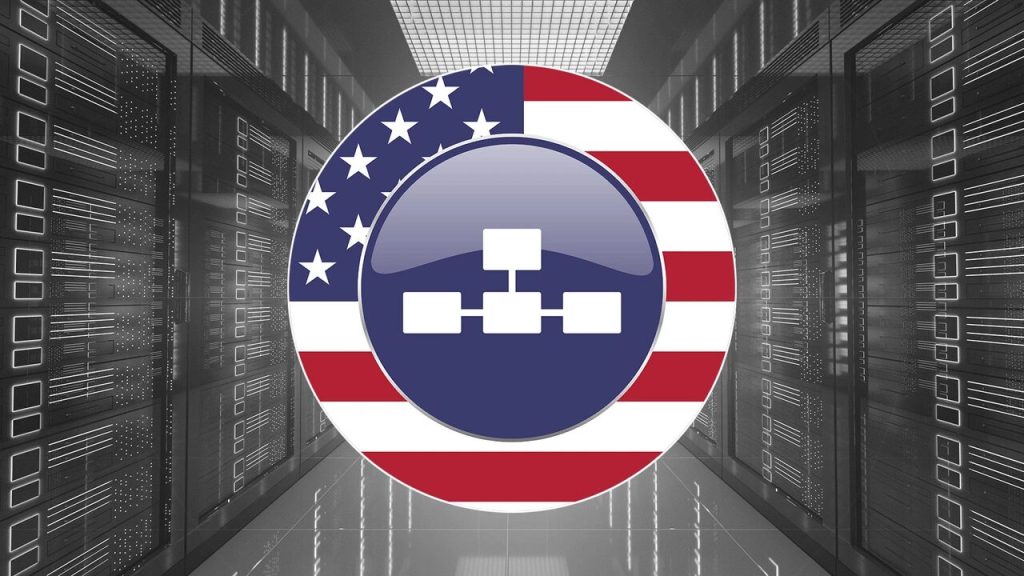
President Donald Trump has warned that his proposed tariff policies will cause prices to rise. This announcement has sparked intense debate among economists, policymakers, and consumers as the 2025 election approaches.
Economic Impact of Proposed Tariffs
Trump’s tariff plans target major trading partners like Canada, Mexico, and China. Experts predict these tariffs will affect various economic sectors significantly. Financial analysts foresee price increases across multiple industries. Consumers may soon face higher costs for essentials, from groceries to electronics.
The automotive sector anticipates disruptions. Car prices may climb as manufacturers cope with increased costs for imported components. A small batch food manufacturer on Reddit explained how tariffs could affect pricing. They illustrated how a 25% tariff on a $1 item could lead to a 40% retail price increase.
Agricultural Sector Concerns
Farmers may face new challenges in their export markets due to these tariffs. One commenter recalled previous trade conflicts. They noted that many farmers suffered losses to Brazilian competitors and needed taxpayer assistance.
Delayed Effects and International Reactions
Economic experts caution that tariff effects may not appear immediately. Existing inventory and supply chain adjustments could delay price increases. However, consumers will likely notice gradual price hikes in the coming months.
The situation could worsen if affected countries impose retaliatory tariffs. This scenario raises concerns about global trade relations and economic growth.
Debate Over Tariff Consequences
Critics argue the Trump’s tariff plan could trigger inflation and unemployment. Some economists predict job losses as businesses struggle with increased costs. Concerns about potential 401K losses highlight the policy’s far-reaching implications.
Supporters claim the tariffs will protect American industries and jobs. They argue that short-term price increases will lead to long-term gains in domestic manufacturing and economic independence.
Consumer Impact and Preparation
Consumers wonder how these changes will affect their daily lives. While experts advise against panic, they suggest preparing for gradual cost-of-living increases.
The timing of these discussions is crucial. Many households still recover from the COVID-19 pandemic’s financial impacts. The prospect of rising prices has sparked concerns about economic stability and purchasing power.
Looking Ahead
Policy makers and economists will closely monitor the tariffs’ effects on economic indicators. The coming months will reveal the full impact on American consumers and businesses.
Financial advisors recommend preparing for potential price increases. They suggest reviewing budgets, exploring alternatives, and considering long-term financial planning strategies.
As the nation grapples with these proposed tariffs, significant economic changes loom. Whether these Trump’s changes benefit or hinder the American economy remains uncertain. Consumers should prepare for a period of economic adjustment and potential challenges.


